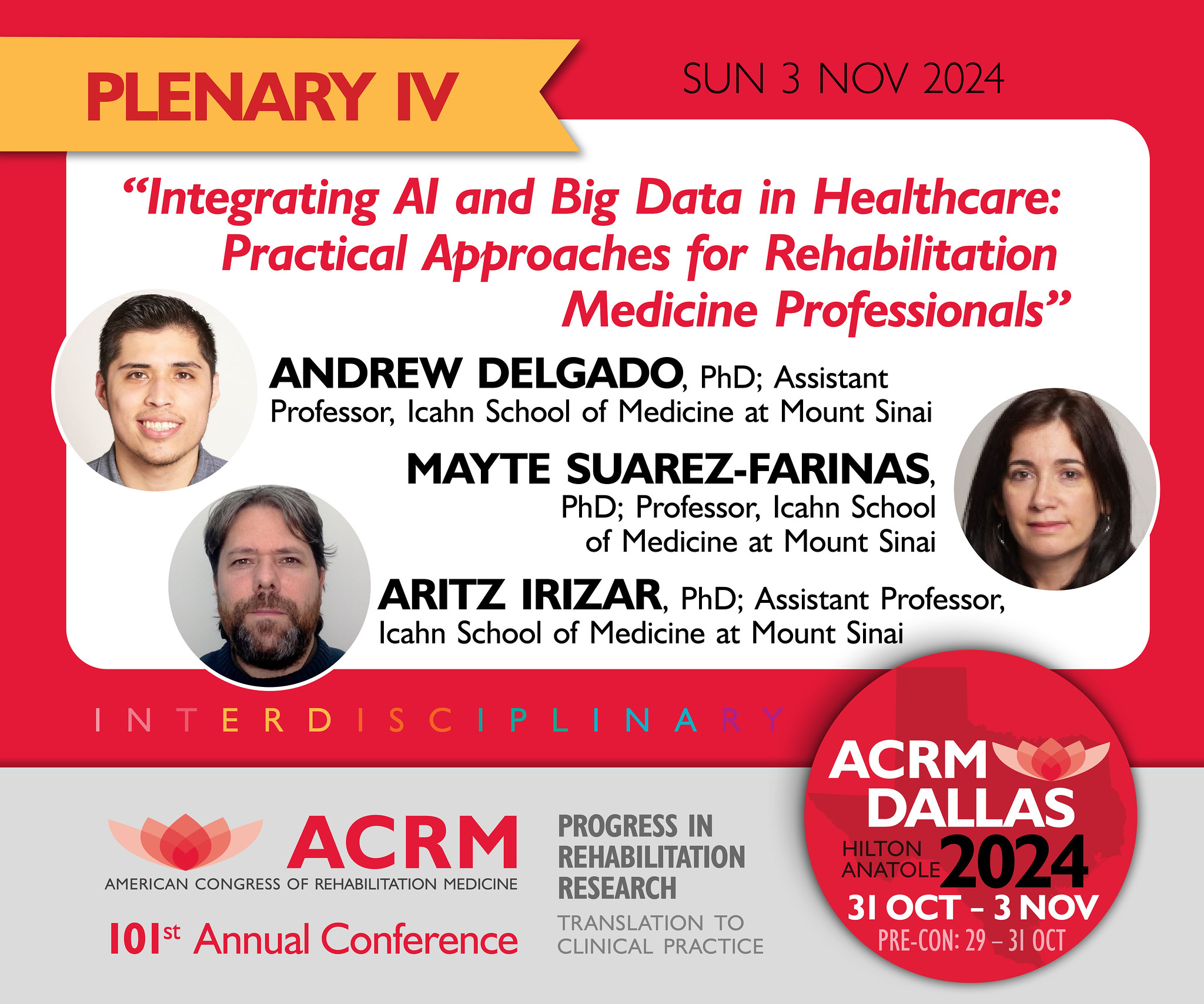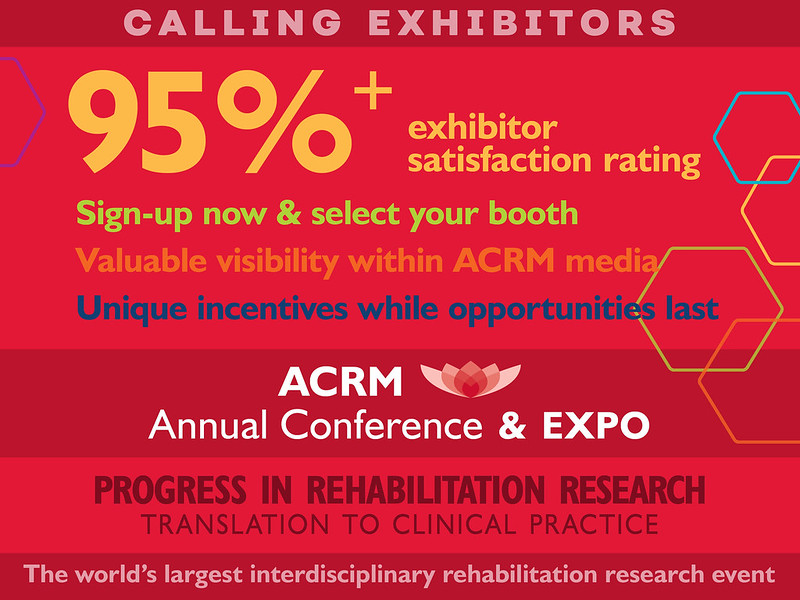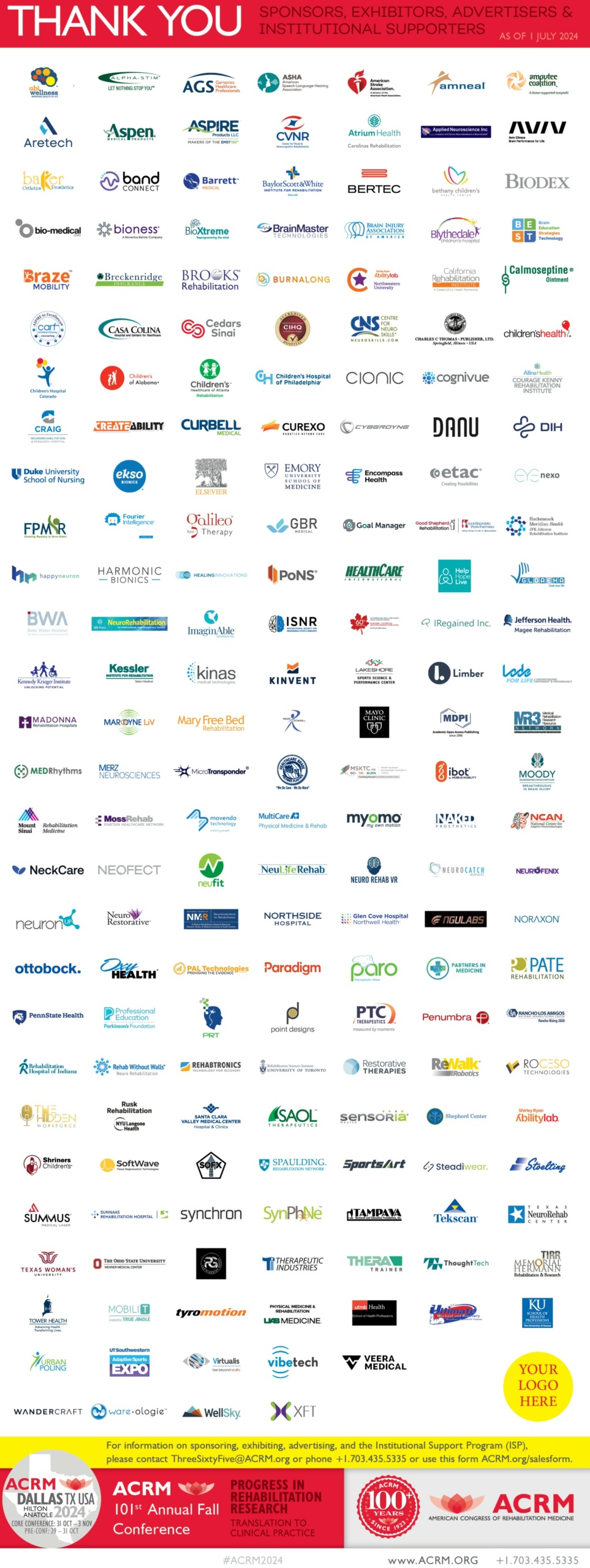Submitted By: Ekaterina Dobryakova, PhD, Ann Guernon, MS, CCC-SLP, CCRC, and Megan Mitchell, PhD
Collaboration in research is a cornerstone for successful discovery. Whether you are a seasoned scientist or just beginning your research career, collaboration is necessary to advance your body of work. But how do you go about establishing a collaboration and what are the specific reasons as to why people seek them?
There are many reasons why collaboration is important, especially for someone who is early in their clinical/research career. Reasons include, but are not limited to:
- Identifying someone who complements your knowledge or skills in a certain area
- Identifying someone established in the body of work you are interested in, whether it be the same clinical population (e.g. multiple sclerosis), a similar topic (e.g. cognitive rehabilitation) or a similar methodology (e.g. pediatric imaging)
- Diversifying the types of institutions you are involved with (for example, academic institutions vs. Department of Veterans Affairs vs. private medical facilities)
- Scientist or lab that could provide access to specialized equipment or methods necessary to complete your research
- More opportunities for grant funding
- Two heads are better than one; greater creativity with a mixture of people on a team that come from different backgrounds
- Opportunity to develop a new skill related to your research and gain expertise
- Access to additional patient populations and assistance in recruitment
- Teamwork/collaborations can lead to finishing a project quicker as you have multiple individuals who can work on tasks related to the project simultaneously and can work together to get the related publication and future grants submitted quicker
Even early in our careers, we begin to form collaborations. Here are two such examples from members of the Early Career Networking Group.
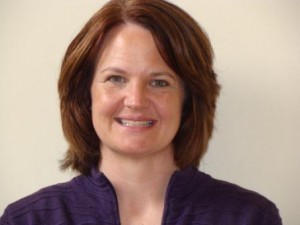 Ann Guernon, MS, CCC-SLP, CCRC
Ann Guernon, MS, CCC-SLP, CCRC
Clinical Research Coordinator: Hines VA Hospital
I have been a member of a scientific lab studying traumatic brain injury for more than 10 years. We study a severely injured population and depend on collaborations throughout the country to recruit and enroll adequate numbers of participants into our studies.
One such collaboration that I was instrumental in establishing is with a specialized brain injury program in the Midwest. This collaboration came to be after a colleague attended a presentation I gave at the American Speech Language Hearing Association’s national convention several years ago. That presentation resulted in an invitation to provide a day long training to each of two sites that specialize in treating patients with disorders of consciousness.
This collaboration has grown over the years and we now routinely include this organization as a subject recruitment site for our studies and they have become wonderful supporters of our research.
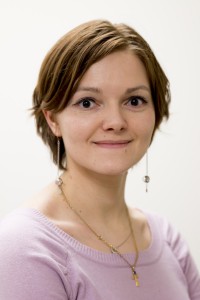 Ekaterina Dobryakova, PhD
Ekaterina Dobryakova, PhD
Research Scientist: Kessler Foundation
I have an international collaboration with a research team in Italy. I went to visit the lab for 3 months in order to gain knowledge in the area of the expertise of that lab. Being an expert in functional neuroimaging, I wanted to learn more about structural neuroimaging. At the same time, I was able to share with that lab a method that I am an expert in. Now that lab can use this method on their own.
While building a collaboration takes work, maintaining a collaboration also takes work. Long distance collaboration is often necessary but requires commitment of all involved.
When working to establish/maintain a collaborative relationship it is important that everyone brings something to the table and offers something valuable, as in the examples above. In other words, as an early career scientist one should not enter into a collaboration expecting to take data, skills, etc. without offering something in return such as authorship, grant support or labor. Here are some tips for establishing and keeping up collaborations:
- Connections, connections, connections. Your network plays an important role in establishing collaborations. The more people you know, the more likely you are to find someone to work with. At the same time, someone you already know might be able to refer you to another person with whom you can collaborate.
- Do not be afraid to reach out to someone yourself. For example, if you have read a paper and are really interested in a method that was used in it, go ahead and email the author with questions.
- Similarly, approach people at conferences. If you have a specific question about a poster or a presentation, talk to that person and exchange ideas. Such communication will widen your network and an idea for a project might arise. Even if the person you are speaking to does not specialize in the same field, keep communication open for they may have individuals in their networking circles that they can connect you with.
- Once you are working with someone, it is very important to check in at least once a month. Otherwise, the project will not move forward.
- Once a project is complete, continue to communicate with the people from the project. Shoot a ‘how are you’ email. In addition, try meeting up at conferences for coffee/lunch or during poster sessions.
Networking at conferences and becoming involved in national associations is another natural way to establish and maintain collaborative relationships. One of the main goals of the Early Career Networking Group (ECNG) within the ACRM is to provide avenues and opportunities for networking, thereby hopefully fostering collaborations within the field of rehabilitation medicine.
Our Task Forces are a great opportunity to connect with other individuals (at all levels of their career) within the ECNG and within ACRM. Please visit the Early Career Networking Group website to learn more about our task forces.


